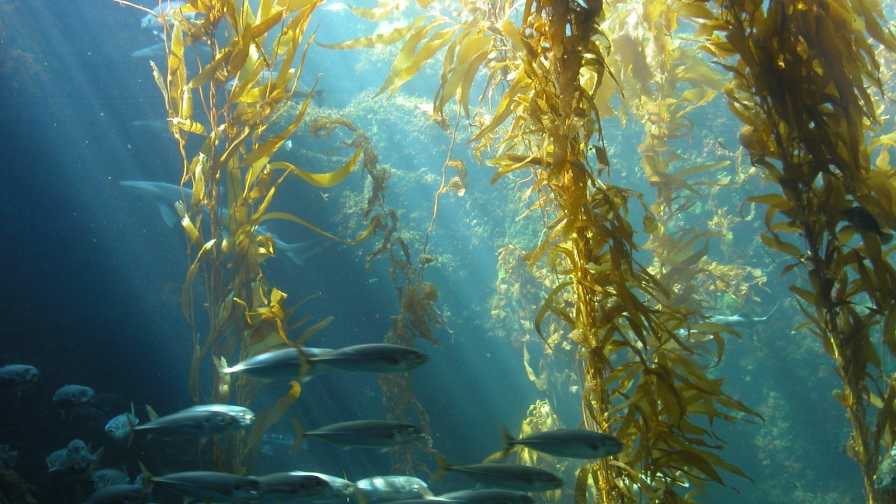Kelp Wanted: Not All Farming Deep Dives Require a Shovel

Did you know kelp is rocking the culinary world? There are farmers on the ocean are growing, processing, and supplying the zero-input crop to restaurants and hungry clients alike.
Got land in Florida? Then you’re sitting pretty — for now. The real estate market is once again sizzling in the Sunshine State. Nearly everywhere you look, new construction is sprouting. FYI, the state’s Gross Domestic Product just blazed past $1 trillion for the first time in history. According to the Florida Chamber Foundation, if Florida was a nation, we would rank as the 17th largest economy in the world.
While the urban sprawl is a sign of economic strength, it certainly puts farmers and landowners in a spot when vetting future prospects. The incentive and momentum are there to justify more residential and commercial projects.
High Expectations
So what’s a die-hard farmer to do? Look up is one suggestion. Vertical farming, with its hydroponic stacks, endless strands of LEDs, and cool climate control, is becoming all the rage in big cities around the world. In July, Emirates Flight Catering and Crop One Holdings announced plans for what would be the world’s largest vertical farm. The 130,000-square-foot facility destined for Dubai is projected to harvest 6,000 pounds of greens per day!
Now it’s only a matter of time before Florida becomes one big city. Some regions already feel that way. In the current environment, protected/vertical agriculture is making more sense, not just as a competitive option but as a growing necessity.
Sea(see)worthy Endeavor
Another direction one could consider is ditching the overcrowded land altogether. Recently, “60 Minutes” re-aired an interesting segment on the growing trend of kelp farming. The story featured a longtime commercial fisherman in Connecticut (Bren Smith) who got fed up with the industry’s unsustainable practices, which eventually led him to an entirely different career path on the water.
Akin to the prolific growth of seaweed, his passion project has taken off — once he got his moorings. Major takeaways from the interview included kelp’s multipurpose benefits. Not only is it a zero-input crop, but it helps the ocean environment by filtering out toxins, much like trees do on land. In addition, local restaurants are forking out a premium for freshly farmed kelp and featuring the nutrient-rich ingredient in main dishes, marketing it as “sea greens.”
And what’s not consumed can be converted into other products, such as cattle feed and fertilizer.
From the onset, Smith conferred with researchers to select a local variety of seaweed (sugar kelp) that can be grown and harvested safely between hurricane seasons. In addition, he is stacking the odds in his favor by farming mussels and oysters beneath his kelp beds, harvesting all three at the same time. He calls it, “3-D Farming” (aka, vertical farming). Sound familiar?
Whether by land or sea, solutions to farming challenges can be achieved in similar ways. Unlike land, however, “the oceans are a blank slate,” Smith said in the interview. True — for now.
No matter how far reaching, all ideas are worth exploring. You never know what can take root. Hey, Florida is practically surrounded by water … just sayin.’




